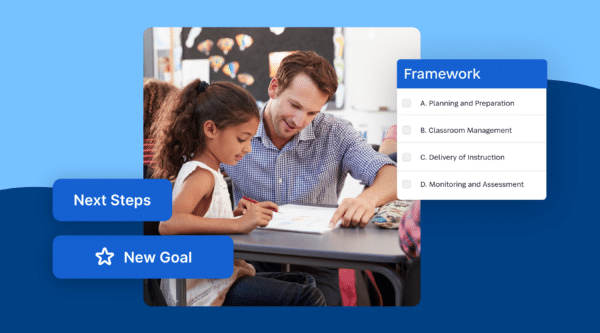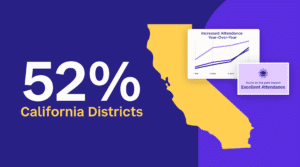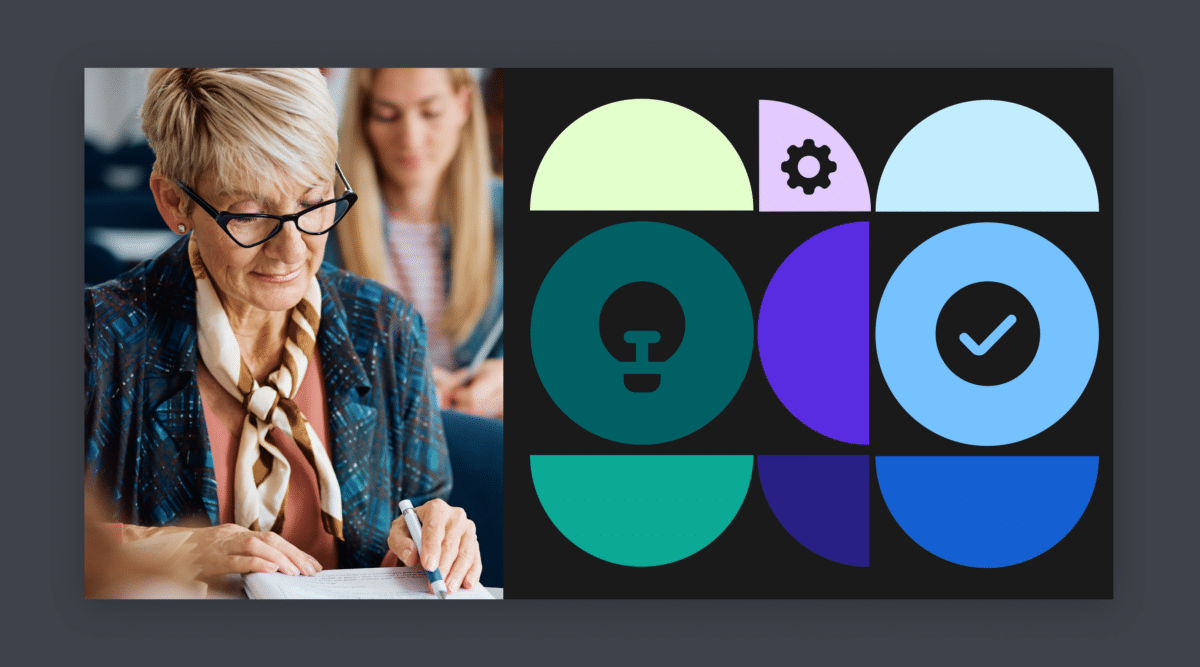
Featured Resource
Why Over Half of California School Districts Trust SchoolStatus
Read More >Join Mission: Attendance to reduce chronic absenteeism in 2025-26! >> Learn How <<





For more than 12 years, our team has collaborated with coaches and district leaders. We’ve observed the beneficial effects of a well-executed coaching program on teachers, students, and schools. The most successful programs are those where leaders intentionally craft and design them, keeping teacher support and student outcomes at the forefront.
After the massive disruptions in schools over the past few years, it’s starkly evident to me that coaching has become an even more vital support for teachers as it helps them adapt to unprecedented challenges and maintain satisfaction in their work. Here I share the key elements of successful coaching programs that I’ve observed and heard about in the field. My hope is that this will give more leaders and coaches a roadmap for building and sustaining a coaching program this school year—supporting teachers so that they continue to stay in their jobs and their students reap the rewards.
As a district, ensure that there are conversations about the ultimate goals of the program. What will look and feel different in a school that has a coach or coaches? What are the resources needed to invest in the program? What is the timeline for implementation? What mechanisms do you have in place to measure coaching work alongside this vision?
People are always at the core of any successful program. Ensuring that the right people are selected as coaches will be very important in creating credibility particularly with other teachers. When thinking about the selection process, districts should consider:
In order for a coach and a coaching program to be successful, the expectations for the coach have to be clear: Who are they coaching? How often are they coaching? Who is setting the coaching schedule? How long are the coaching visits? What is the process to debrief the visits?
At its core, coaching is about accessibility as it improves teaching practice, which in turn, improves student outcomes.
To ensure all stakeholders are clear on expectations and implementation timelines, frequent communication is key. This could take the form of weekly emails, an online coaching and communication platform, or regular newsletters. Communications are also a great place to highlight best practices and spotlight coaches doing the work.
First and foremost, a coaching program’s goal is to improve teacher practice and/or disseminate key information across a system. However, there is also a huge benefit for the coaches: they are learning how to lead, which can open pathways to school leadership or other district roles. To maximize the benefit for the coaches, ensure there is time for them to meet and gather as a team and that there is investment in their own professional growth and development as a coach.
To ensure a coaching program is producing the intended results, districts need to constantly collect and evaluate data. In a 2022 SchoolStatus Boost survey of education leaders from districts around the country, only 21% of respondents say they always use data to drive coaching decisions, and 57% say they often use data but would like to have more.
Once you collect timely and relevant data on a coaching program, make changes that will ensure the program is more likely to achieve the intended results—this may mean more time for observations or feedback, more focus on specific district priorities, better/clear communication, or better alignment of how coaches are prioritizing their time.
I know that it’s important to have research-backed evidence to support any investment or changes in your coaching program, so I’ve pulled together some studies that can help:
The bottom line is that coaching, when done right, works. Coaching supports teachers, students, districts, and creates growth opportunities for coaches, and like all program implementation, the devil is in the details. In order to make a coaching program maximize its potential, the building blocks matter.
Reach out to us if you’d like to talk about how you can make your district’s coaching program more impactful this school year!ar!
 Jason DeRonerJason DeRoner, formerly co-founder and CEO of TeachBoost (acquired by SchoolStatus in February 2022) now spearheads SchoolStatus’ efforts to capture and use customer insights to guide our product strategy and roadmap as our SVP, Voice of Customer. By staying closely connected to our customers’ needs, Jason ensures we make informed decisions and keep educators' needs at the center of everything we do. Beyond work, Jason finds joy in all hobbies: building anything with his young son, creating tech projects like a Raspberry Pi subway/weather tracker, and exploring diverse cooking techniques.
Jason DeRonerJason DeRoner, formerly co-founder and CEO of TeachBoost (acquired by SchoolStatus in February 2022) now spearheads SchoolStatus’ efforts to capture and use customer insights to guide our product strategy and roadmap as our SVP, Voice of Customer. By staying closely connected to our customers’ needs, Jason ensures we make informed decisions and keep educators' needs at the center of everything we do. Beyond work, Jason finds joy in all hobbies: building anything with his young son, creating tech projects like a Raspberry Pi subway/weather tracker, and exploring diverse cooking techniques.
News, articles, and tips for meeting your district’s goals—delivered to your inbox.
Ready to learn more about our suite of solutions?
